Kaleidoscope is something new from Netflix. No, not just a new series, but an entirely new concept that could only be executed on a streaming platform. The concept is simple for the nascent anthology series: Each viewer is presented with the episodes in a different, randomized order by Netflix. It is probably the boldest step away from traditional TV that the platform has taken since deciding to release entire TV seasons to binge instead of on a weekly schedule as broadcasters (and some other streamers) did. The concept could be revolutionary, providing a series that delivers different experiences and opinions depending on the order that the viewer watches in. Sadly, could is the operative word.
Kaleidoscope is a classic heist plot line featuring an impregnable safe, a team of thieves, and a twisting, turning plot line that unravels differently depending on how you watch the series. Giancarlo Esposito leads the cast as the master thief Leo Pap, who is hell-bent on stealing $7 billion in untraceable bonds from a vault owned by Roger Salas (Rufus Sewell). He pulls together a team to execute his daring plan consisting of chemist Judy Goodwin (Rosaline Elbay), her husband and safe cracker Bob Goodwin (Jai Courtney), driver RJ (Jordan Mendoza), fence Stan Loomis (Peter Mark Kendall), and money / munitions person Ava Mercer (Paz Vega). The team sets about pulling off the heist, all while FBI agent Nazan Abassi (Niousha Noor) is obsessively hunting them down.
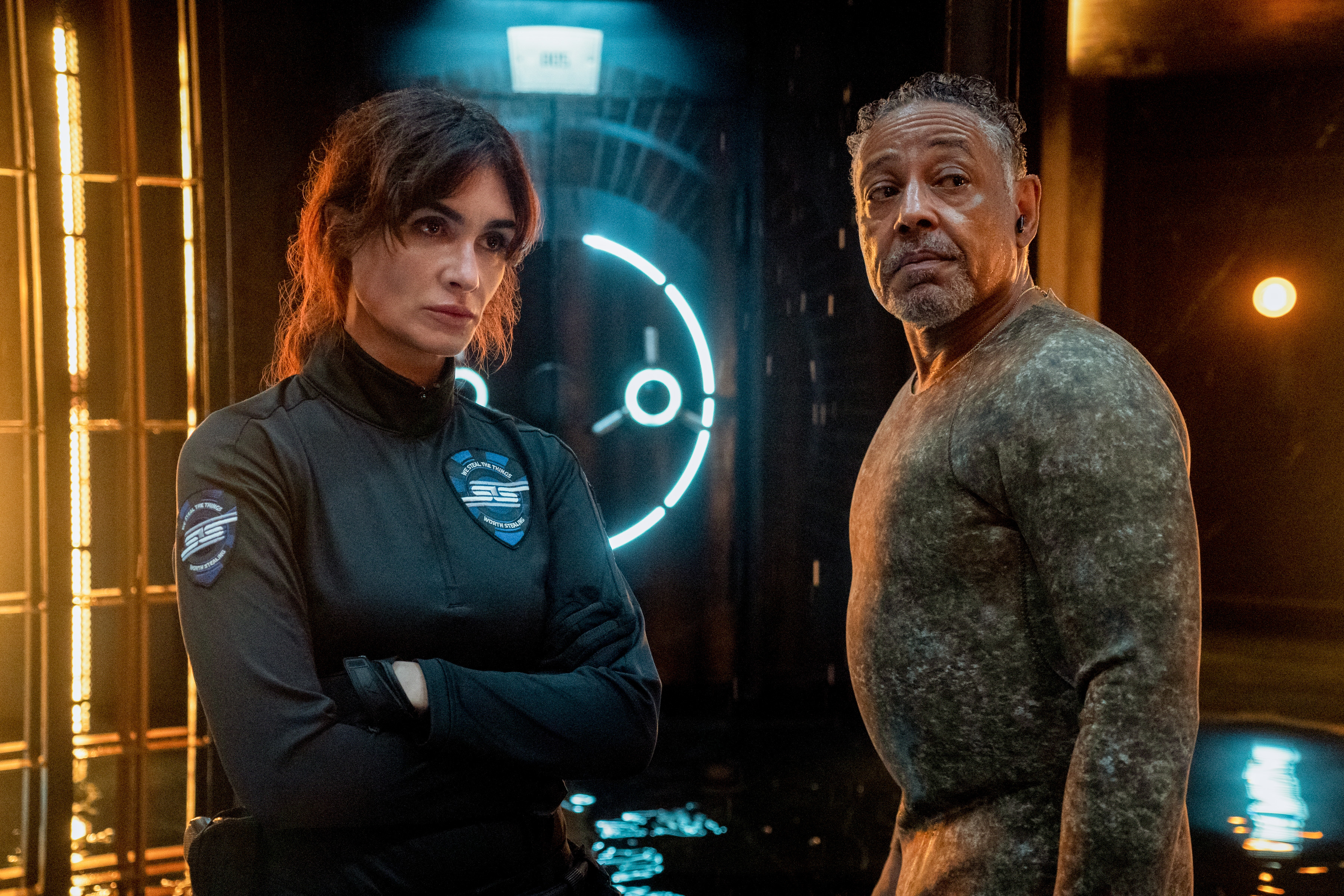
Kaleidoscope. (L to R) Paz Vega as Ava Mercer, Giancarlo Esposito as Leo Pap in episode “White” of Kaleidoscope. Cr. David Scott Holloway/Netflix © 2022
That is the semi-chronological telling of the basic story. However, how you experience it will, obviously, vary. The episodes are all named with a color, and each one is set in a specific time period before, during, or after the heist — but they are not entirely shuffled around at random. Everyone will watch “White,” the actual heist episode, last, and you’ll get one of the first two episodes (“Yellow” and “Green”) in a random order but always one after the other. “Blue,” “Violet,” and “Orange” play out after that at random, followed by “Red” and “Pink” at random. As such, the series doesn’t fully commit to its shuffling concept, meaning everyone experiences a beginning, middle, and end in the same order, just with those aspects jumbled up.
Now that we have an understanding of the basic genre plot and functionality of the concept, we can talk about how it pulls it all off — it doesn’t. The reasons why both the concept and story are subpar are intertwined. Without the flashy concept around it, Kaleidoscope is a pretty standard heist story executed in a pretty poor fashion. A heist story, with all its twists and turns and double-crosses, seems like a good tale you could tell in any order on paper. In fact, many great heist films jump around in time a lot, so doing it for a series out of order should let people discover different twists and characters in a different order, unpacking how the heist played out and why.
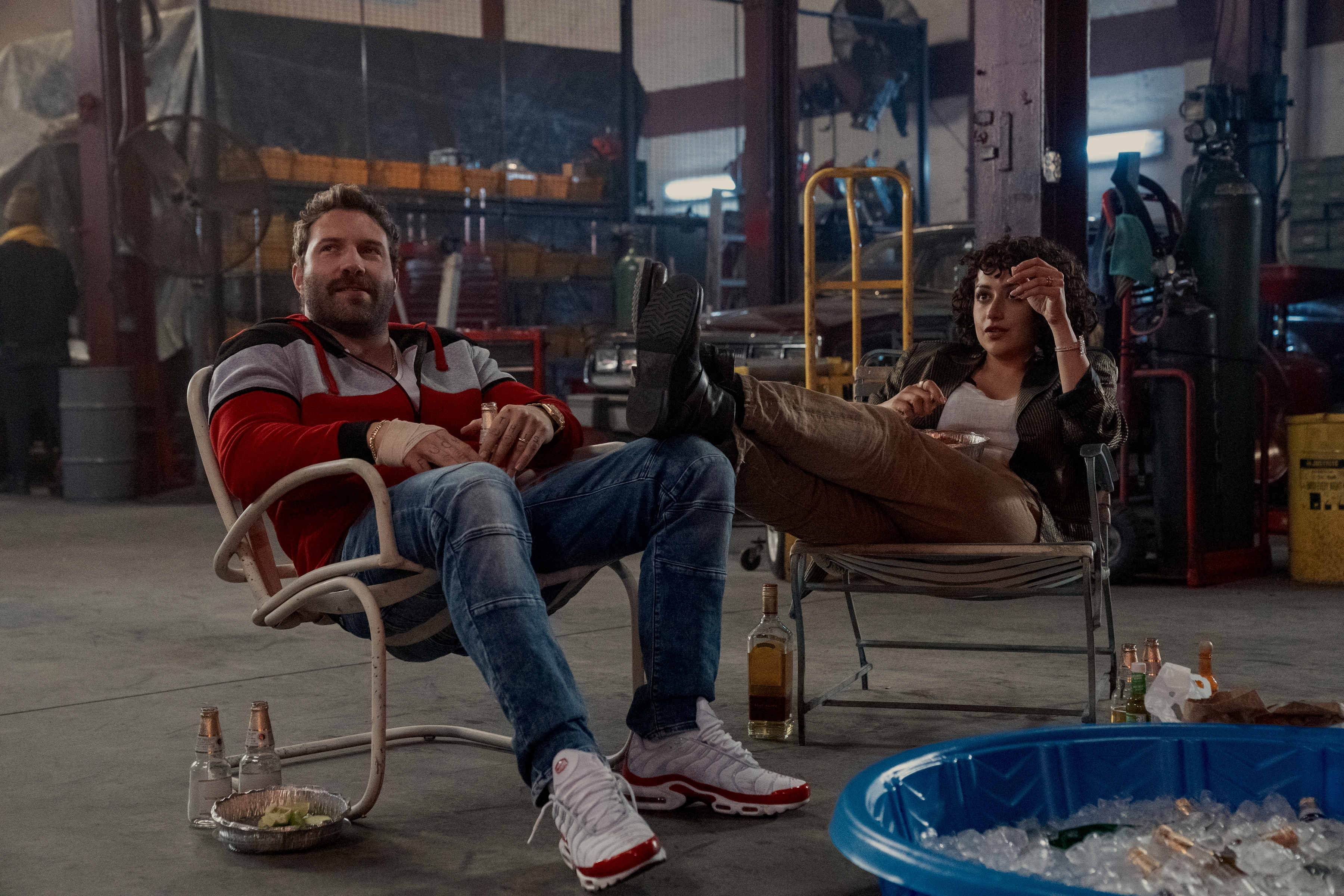
Kaleidoscope. (L to R) Jai Courtney as Bob Goodwin, Rosaline Elbay as Judy Goodwin in episode ÒBlueÓ of Kaleidoscope. Cr. Clifton Prescod/Netflix © 2022
However, a good heist story builds itself so that, in the end, you get a fantastic moment of catharsis as the heist occurs. Kaleidoscope can’t really deliver this. Its random episode presentation means there’s no control over the pace or plotting, leaving each episode to do its own work instead of delivering a satisfying heist tale. There may be a way to view the series so it feels like a better-executed heist tale, but even shuffling episodes around in my mind, I couldn’t find it. There’s just too much jumping around because of the series’s concept, and it leaves the actual heist planning and emotional build-up to it feeling flat. Thus, the heist itself loses its punch. The mysteries unpack and all is eventually revealed, but it never feels rewarding on the whole.
Part of this issue may be that Kaleidoscope is more interested in its characters than its heist and that each episode is locked into its own time period, meaning we only get brief glimpses of what’s going on. “Violet,” for instance, takes place 24 years before the heist occurs, setting up the backstory of our characters but without involving any heist planning. There are, in fact, only two episodes dedicated to actual heist plans, and those are crammed full of character stuff too. Even in those, because the show doesn’t know what order you’re watching things in and can’t reveal certain things, the plotting gets convoluted and lost as it tries to remain mysterious. It all means that the heist itself feels half-baked so that, when you do get to finally watch it, you’re mostly just wondering how it all came together.
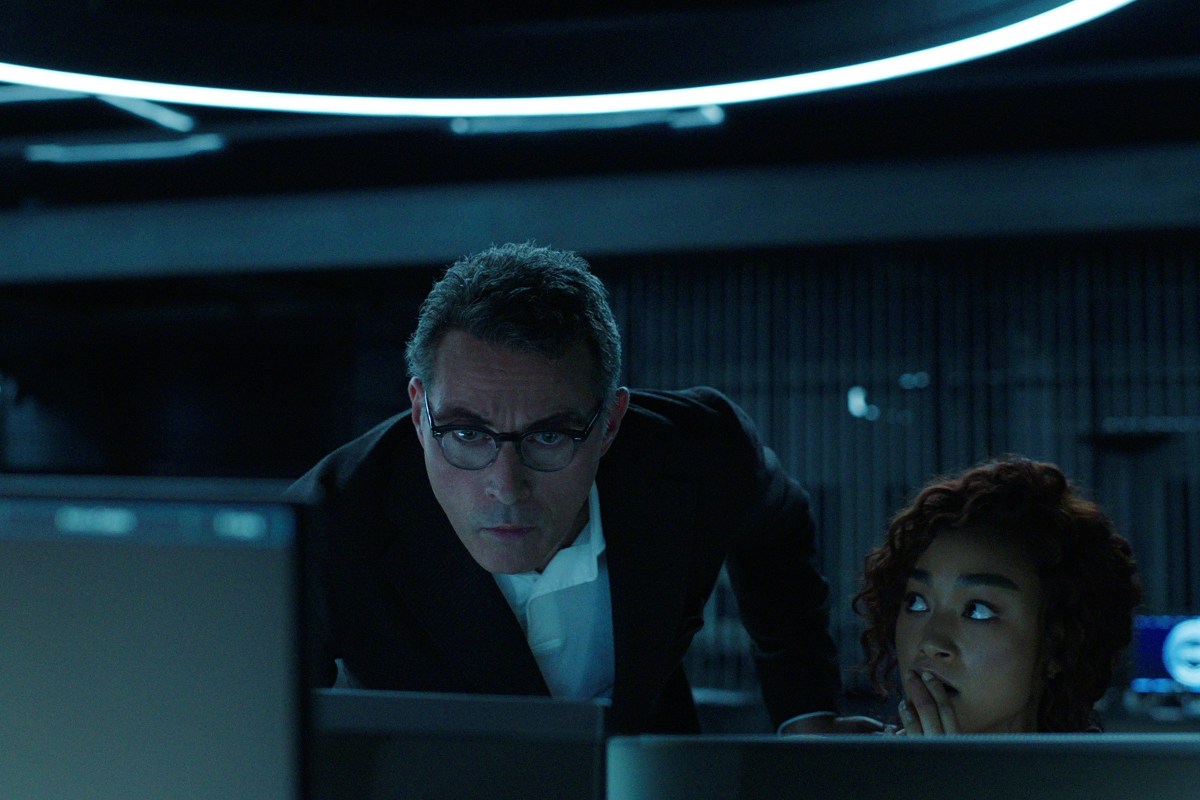
Kaleidoscope. (L to R) Rufus Sewell as Roger Salas, Tati Gabrielle as Hannah Kim in episode ÒRedÓ of Kaleidoscope. Cr. Courtesy of Netflix © 2022
However, this does mean we get to spend a lot of time with some very interesting and nuanced characters. At the beginning (whatever beginning that is for you), it feels like the series is simply going to play into tropes. But every character gets a wonderful backstory, which unpacks in clever ways around the show’s unique presentation structure. Depending on how you watch the series, some characters will seem to be acting oddly while you’ll fully understand the actions of others, and this is where the show offers a glimmer of what this kind of presentation could deliver.
The problem is that it’s only a glimmer of the full potential of a random story structure. While there may be plot points and mysteries that are unpacked in a different order for everyone, the end result for the entire series is still the same. You won’t come out of this with an overall different experience or understanding from some other person who watched it in a different order. This style of storytelling works best with gray areas and ambiguous characters so that different interpretations can be found within the story and your viewing can be impacted by which character you’re introduced to first or some piece of history you discover before another one. That would lead to people coming out of the show with different views or ideas.
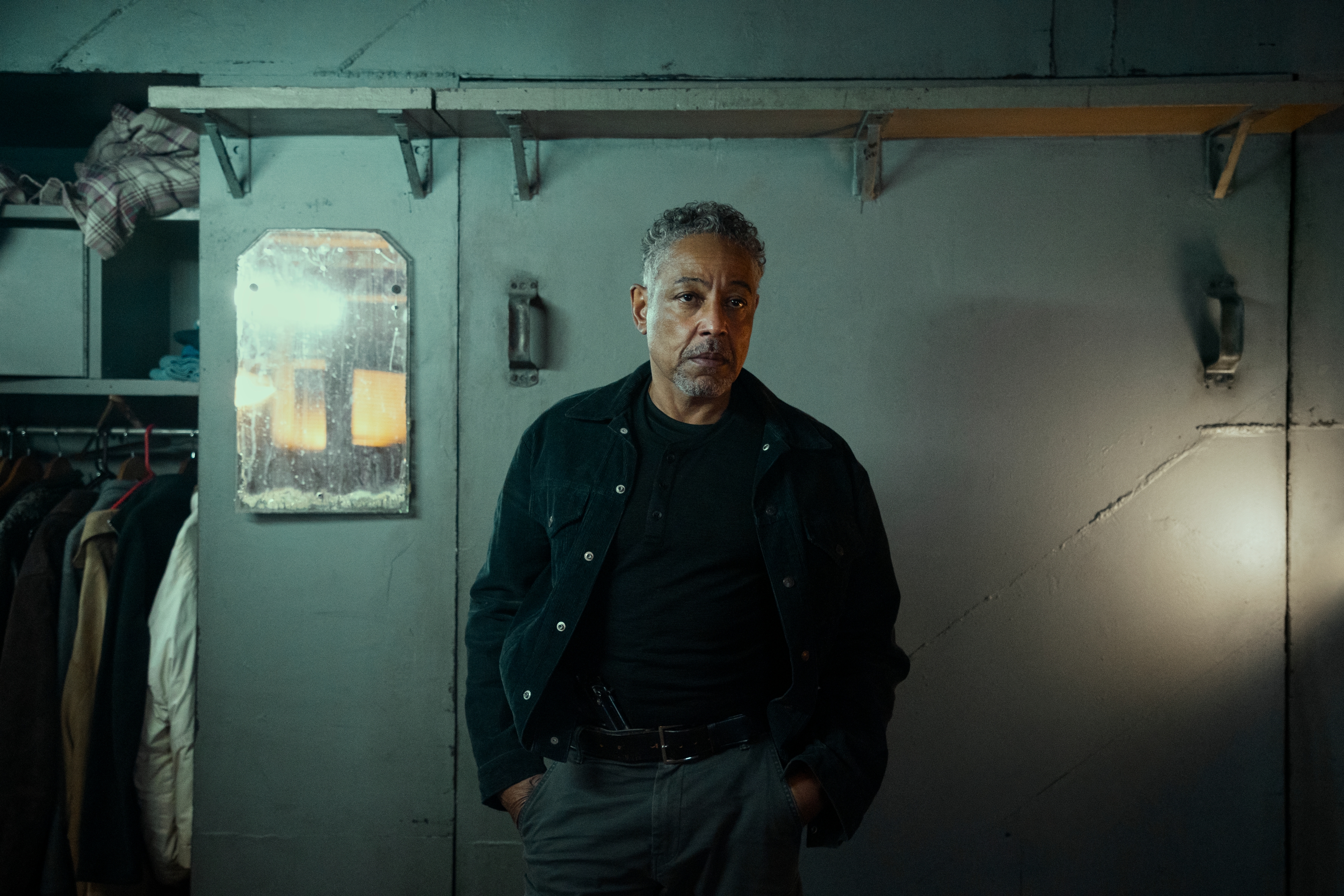
Kaleidoscope. Giancarlo Esposito as Leo Pap in episode ÒRedÓ of Kaleidoscope. Cr. David Scott Holloway/Netflix © 2022
Instead, thanks much in part to the genre of the series, there’s not really that much to experience differently. We’re cheering for the criminals, out against the “bad guys,” and waiting for the final plot twists and turns to be revealed in “White.” If you sat down with someone who watched Kaleidoscope in a completely different order, your final opinions on any of the characters wouldn’t change; they would have simply arrived at the same point down a different yet pretty similar path. There are a few moments here and there where the order may impact your understanding, but it is hard to see it changing your interpretation.
In review, Kaleidoscope is a bold failure for Netflix and as such should be applauded. There is promise in its concept for sure, but creator / showrunner / executive producer / writer Eric Garcia doesn’t seem brave enough to execute it with this type of story. Instead, the series tells a story that would be far more engaging if it were actually in order instead of built to play into a gimmick. The series being an anthology hopefully means they can improve on the vision and make some bolder decisions next time around. After all, it only takes one turn of a kaleidoscope to completely change what you’re seeing.

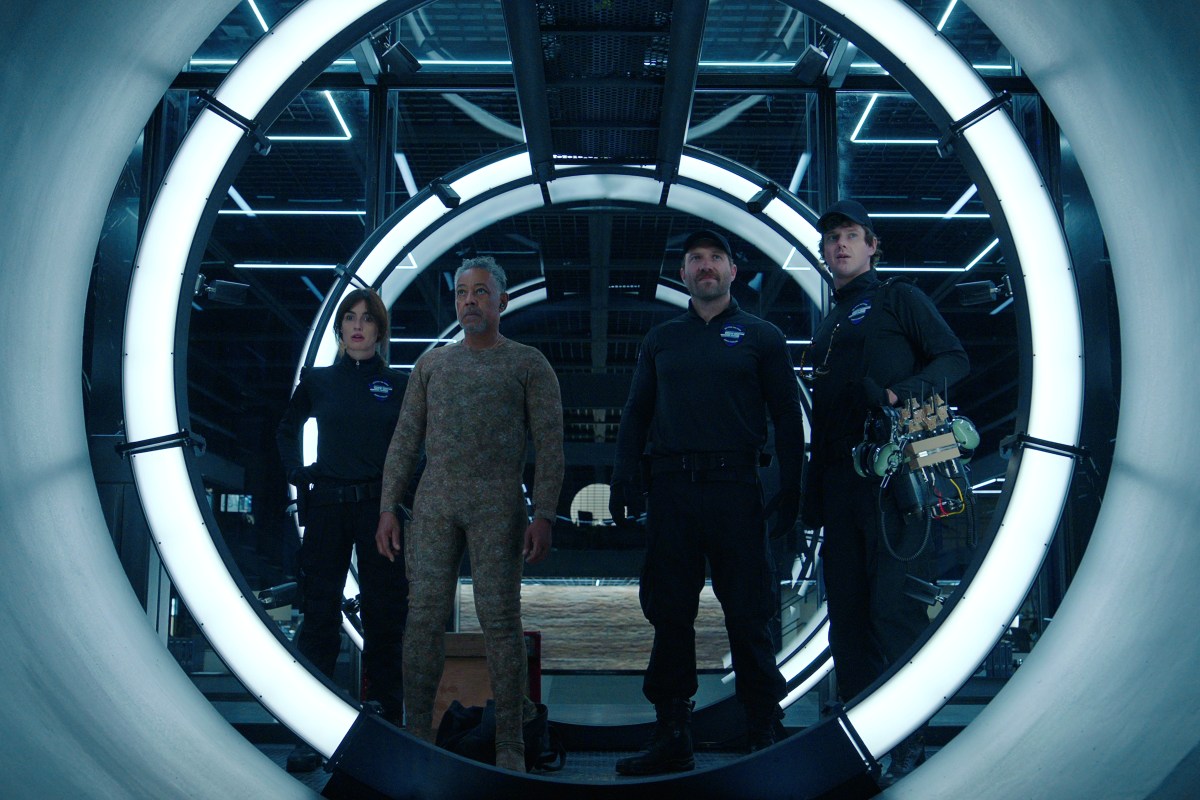




Published: Jan 1, 2023 03:01 am